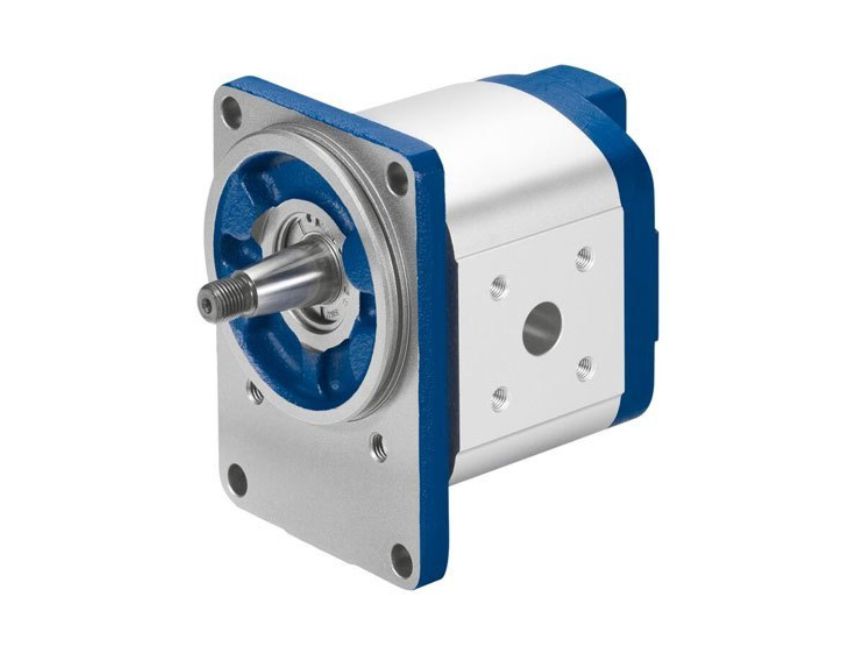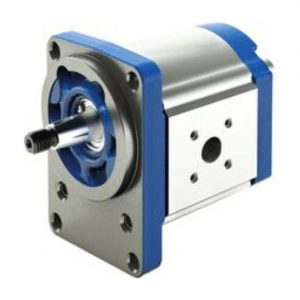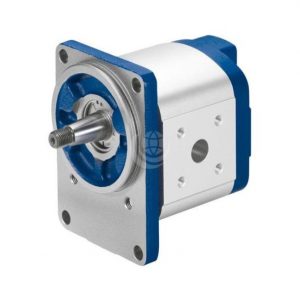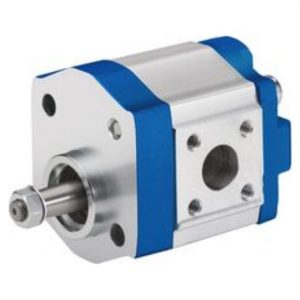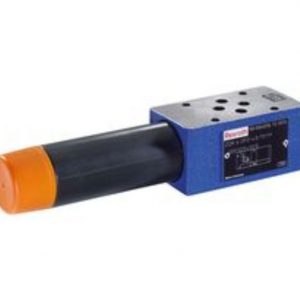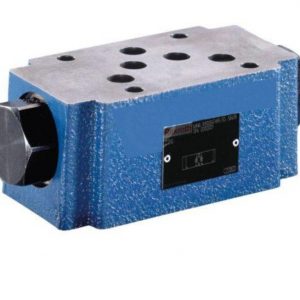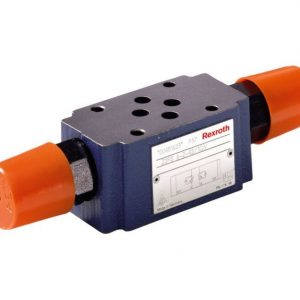AZPJ
The key task of external gear pumps is to convert mechanical energy (torque and rotational speed) into hydraulic energy (flow and pressure). To avoid unnecessarily high heat losses, units with high efficiencies are sought after.
Product Description
These are realized by means of pressure-dependent gap sealing and high-precision manufacturing technology. With extremely low-noise SILENCE PLUS pumps, the intrinsic noise is reduced by 15 dB (A) on average as compared with standard external gear pumps and the flow pulsation is also decreased by 75%.
Pumping principle :
Continuous tooth contact reduces operating noise: A non-involute rounded tooth profile, combined with helical gearing, forms the heart of the SILENCE PLUS. Thanks to permanent tooth contact, the hydraulic fluid is transported almost continuously and noiselessly. The possibility of noise developing from trapped oil between the tooth flanks is prevented in the first place.
A hydrostatic bearing ensures long service life: The high performance and long service life of the SILENCE PLUS is due to a Rexroth patented solution: Hydrostatic grooves provide wear-free compensation for the internal axial forces generated in the helical gearing – even at pressures up to 280 bar.
Construction :
The external gear pump consists essentially of a pair of gear wheels supported in bearing bushes and the housing with a front and a rear cover. The drive shaft protrudes from the front cover where it is sealed by the shaft seal ring. The bearing forces are absorbed by slide bearings. These are designed for high pressures and have excellent dry-running qualities, especially at low rotational speeds. The gear wheels have 7 teeth. This keeps both flow pulsation and noise emission to a mini-mum.
The internal sealing of the pressure chambers is achieved by operating pressure-dependent forces. This ensures optimum efficiency. On the outer face, the movable bearing bushes are pressurized with operating pressure and pressed as seals against the gear wheels. Special seals form the boundary of the pressurized zone.
The radial sea-ling at the tips of the gear teeth against the case is provided by smallest possible gaps that are formed pressure-dependent between the gear wheels and the housing.

